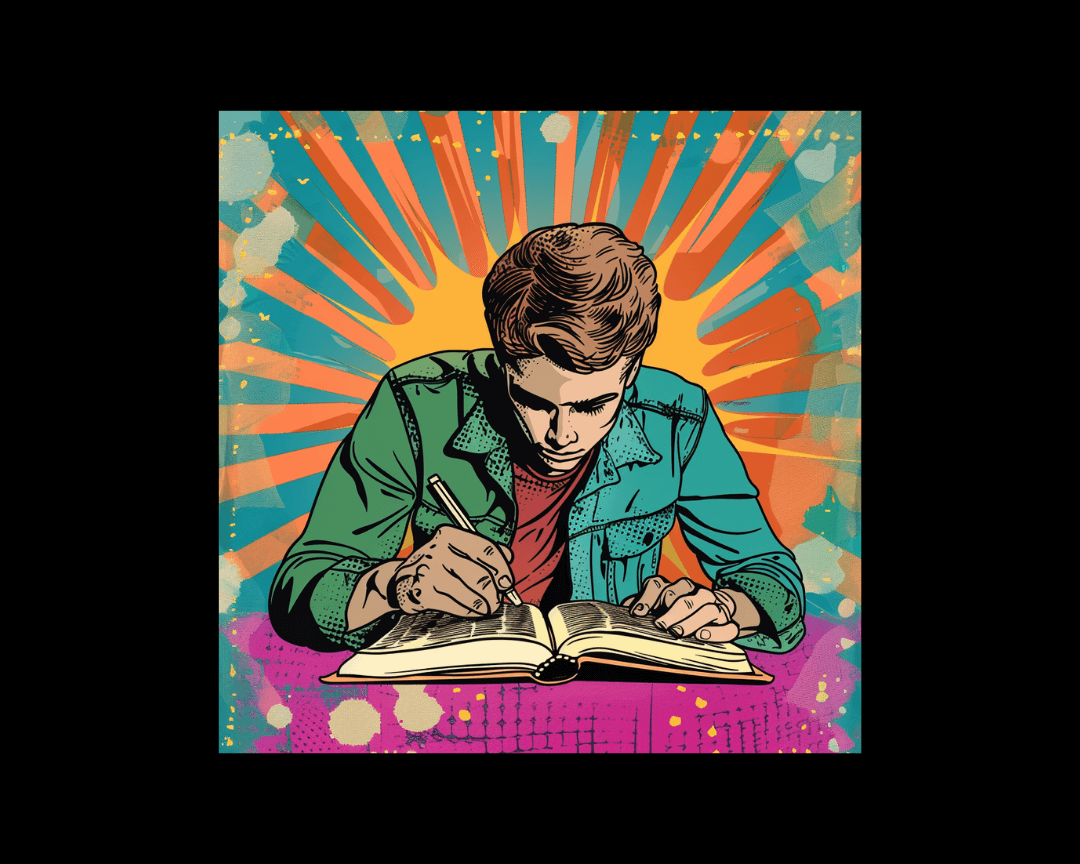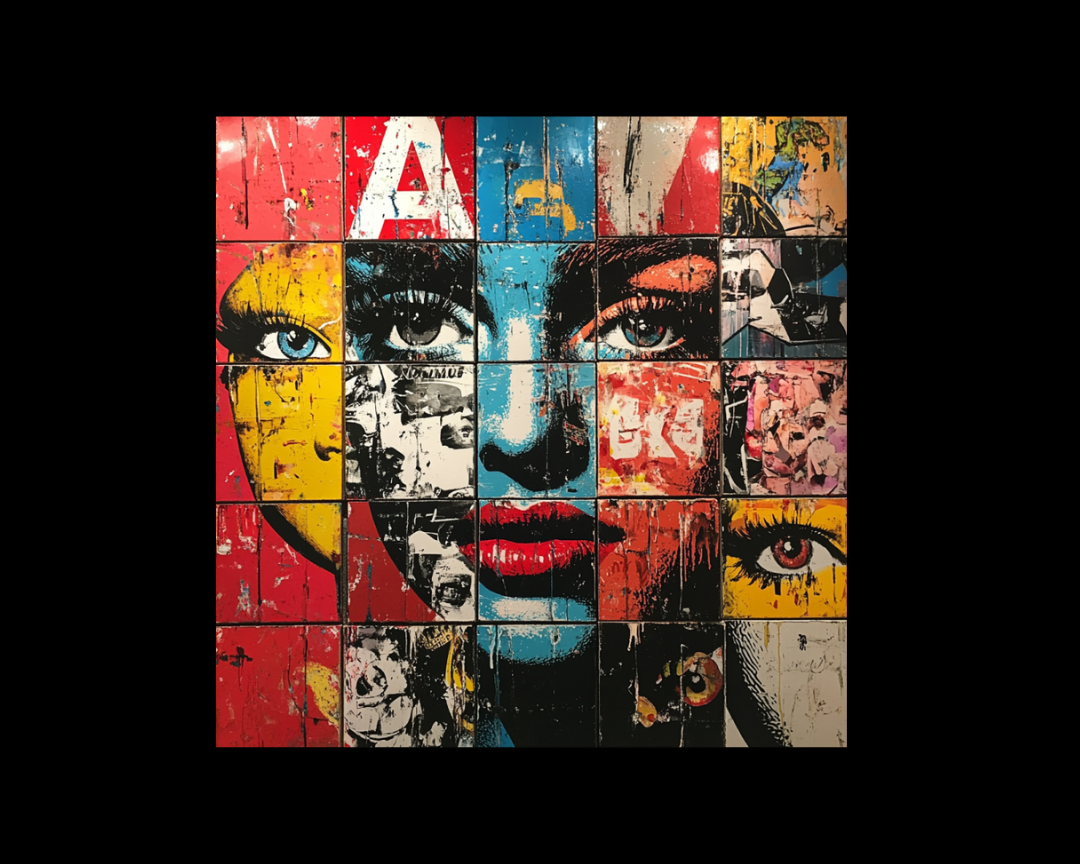Writers and Vision Boards: Visualize Success
Attention all you writers, dreamers, and goal-chasers out there! Listen up because we're about to dive into the wonderful world of vision boards and...
-2.png)
Color is a powerful tool in writing, often used to evoke mood, atmosphere, and symbolism. But what if you challenge yourself to write using a single color and its many shades? This technique forces you to dig deep into sensory and emotional language, expanding your descriptive powers and sharpening your creativity.
In this article, we'll explore how professional writers can use a single color to enrich their descriptions. We'll provide examples and tips for effectively integrating one hue throughout a scene or story without overwhelming the reader.
Writing with a singular color focus can:
This exercise challenges you to move beyond literal descriptions and into metaphorical, abstract, or impressionistic writing.
Before you start, consider the purpose of your writing. What mood or atmosphere do you want to create? Here are some common color associations:
Let’s take a closer look at examples for each color in use.
Example:
The room pulsed with shades of crimson—walls splattered in claret light, casting long ruby shadows across the mahogany floor. Her lips burned like a flash of vermilion, a dangerous beacon in the twilight haze.
How It Works:
Red brings urgency, heat, and intensity. Its shades—crimson, scarlet, ruby, and vermilion—offer both violent and seductive undertones. Writing in red works well for scenes involving passion, conflict, or danger.
Example:
The horizon stretched in infinite shades of cerulean and indigo, the waves lapping in rhythm with the low, murmuring sky. A cool azure mist hung over the pier, blurring the outlines of the world like a fading dream.
How It Works:
Blue evokes calm, melancholy, or vastness. Shades like cerulean, cobalt, and indigo can depict serene yet detached atmospheres. Use blue to explore themes of introspection, loneliness, or peace.
Example:
Vines snaked their way up the jade-streaked pillars, their tendrils glowing with emerald vitality. The forest floor shimmered in olive light, dappled with bursts of verdant brilliance from the canopy above.
How It Works:
Green suggests life, nature, and renewal but can also carry connotations of jealousy or decay. Variations like jade, emerald, and olive allow you to balance freshness and foreboding.
Example:
Sunlight spilled like molten gold across the field, igniting saffron halos around each blade of wheat. Amber dust danced in the air, shimmering as if caught in the fever of midsummer noon.
How It Works:
Yellow is bright and energetic but can border on oppressive or obsessive if overused. Words like gold, amber, and saffron can evoke warmth and light, while cautionary tones add tension to a scene.
Example:
Fog thickened into a slate curtain, obscuring the world in shades of ash and lead. Even the trees—once strong, dark shapes—faded into phantoms, skeletal and lost in the graphite gloom.
How It Works:
Gray implies ambiguity, transition, or isolation. Descriptions using shades like slate, ash, and charcoal convey uncertainty or emotional detachment. This works well in suspenseful or introspective scenes.
Avoid monotony by incorporating multiple shades within your chosen color. For example, with blue, you can use azure, navy, teal, and sky blue to maintain richness and variation.
Even though you're focusing on color, you can engage other senses to enhance your descriptions. For instance, describing how "the coppery scent of rust tinged the crimson-stained floor" merges color with scent.
Use both literal color descriptions and metaphorical expressions. For instance, in a scene dominated by yellow, you might describe a character’s obsessive mind as "blazing with feverish, golden thoughts."
Ensure that the emotional tone aligns with the chosen color. If you're writing in gray, characters and dialogue should reflect uncertainty, detachment, or ambiguity to create a unified experience.
While focusing on one color, avoid overwhelming the reader with constant references. Subtlety is key. Allow moments of neutral imagery to break up color-heavy passages.
"The Great Gatsby" by F. Scott Fitzgerald
Fitzgerald often uses the color green to symbolize both hope and disillusionment, most notably through the "green light" at the end of Daisy's dock.
"The Yellow Wallpaper" by Charlotte Perkins Gilman
The color yellow represents the protagonist’s deteriorating mental state, becoming a haunting presence in the story.
"The Road" by Cormac McCarthy
McCarthy employs shades of gray and ash to create a bleak, post-apocalyptic atmosphere, reflecting both physical and emotional desolation.
Choose a color and write a 300-word scene in which that color dominates the atmosphere. Focus on varying shades, sensory details, and emotional resonance. Afterward, analyze how the color influenced the scene’s tone and mood.
Writing in one color is a powerful technique that forces you to think critically about mood, theme, and sensory detail. By mastering the nuances of color-driven descriptions, you can create vivid, emotionally charged scenes that resonate with your readers. Experiment with different hues to discover which colors best enhance your storytelling.

Attention all you writers, dreamers, and goal-chasers out there! Listen up because we're about to dive into the wonderful world of vision boards and...

It's time to talk about the elephant in the room, the one thing holding you back from unleashing your inner creative genius: resistance.

You're standing before Vermeer's "Girl with a Pearl Earring," lost in the enigmatic gaze that has captivated viewers for centuries. Imagine that...